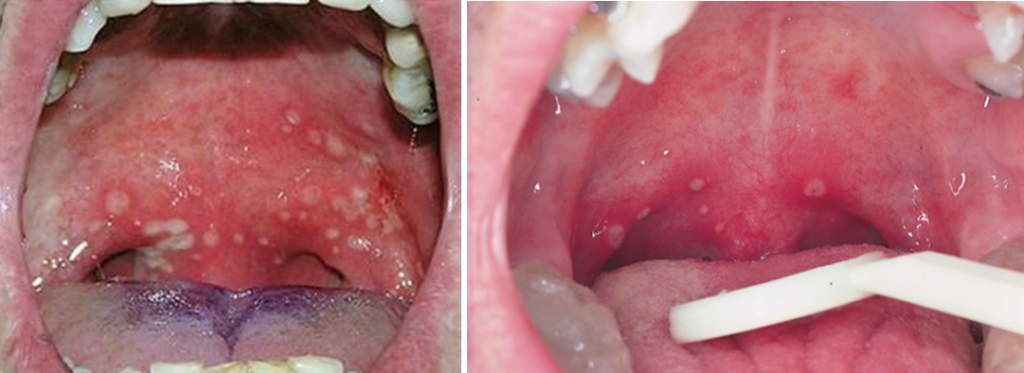John Zahorsky

John Zahorsky Jr (1871-1963) was an Austro-Hungarian born American pediatrician
In 1904, Zahorsky managed an incubator institute at the Louisiana Purchase Exposition in St. Louis, Missouri. The incubator became a focal point for organizing medical care, for evaluating existing practices and for developing new ones. His efforts resulted in markedly improved survival rates for premature infants.
Zahorsky is credited with the first clear clinical description of Roseola infantum (exanthem subitum, sixth disease) in 1909, which was (at onetime) known as Zahorsky Syndrome.
Biography
- Born on October 13, 1871, Mereny, Szepes, Austria-Hungary (now Slovakia)
- 1878 – Aged 7, his family immigrated from Hungary to Steelville, Missouri
- 1892 – Bachelor of Arts, Steelvlile Institute, Missouri
- 1895 – MD, Missouri Medical College, Saint Louis
- 1904 – Took over administration of the “Incubator Baby” exhibit at the St. Louis World’s Fair, following criticism for an epidemic of diarrhea with several deaths
- 1900-1905 Lecturer pediatrics, Washington University School of Medicine
- 1905-1911 Chief Children’s Clinic; clinical professor, Washington University Hospital Clinic
- 1912-1948 Professor of Pediatrics and Director of the Department of Pediatrics, St. Louis University School of Medicine.
- 1924-1948 Pediatrician-in-chief, Saint Mary’s Group Hospital
- 1949 – Retired to his old home town of Steelville, Missouri, to practice as a country doctor
- Died 1963, St. Louis, Missouri
Medical Eponyms
Zahorsky syndrome [sixth disease, roseola infantum] (1910)
Roseola infantum (exanthem subitum) is a viral illness that mostly affects infants and toddlers. Infected children have a prodromal high fever, with few or minor symptoms, which disappears after 3 to 5 days and is followed by morbilliform rash which can sometimes be confused with measles or rubella.
In 1909, Zahorsky described the febrile exanthem which he termed roseola infantum, in 15 infants and young children, in a presentation to the to the St Louis Pediatric society.
I feel convinced that there is a symptom-complex, a febrile erythema, occurring mostly in infants, which deserves a place outside of the erythema group of skin diseases, and to which the name roseola infantilis was given by the older writers, who however, did not differentiate this disease from rubella and other skin diseases.
These are the striking and characteristic symptoms; a prodromal fever lasting from two to five days, disappearance of the general symptoms with the appearance of the rash, and a morbilliform eruption.
Zahorsky 1910
The patient is almost always a child under 3 years of age who suddenly becomes ill with a high fever. The physician is called and on an examination of the patient finds nothing to account for the fever. The fever continues, but no diagnosis can be made on the second, third or even fourth day. Then the temperature drops to normal or nearly so and the child, who has been drowsy and irritable, sits up and commences to play. Coincident with the decline in the temperature a morbilliform rash appears on the face and neck and rapidly spreads over the body. The eruption disappears in twenty-four to forty-eight hours. There are no complications nor sequelae. No desquamation follows the disappearance of the rash.
Zahorsky 1913

In 1936, Jules-René Dreyfus (1907-1985) a pediatrician from Berne, appears to be the first to officially document the disease as la sixième maladie (sixth disease)
La sixième maladie, ou roséole infantile, ou exanthème subit ou mieux encore fièvre de trois jours avec exanthème critique, n’a pas attiré l’attention qu’elle mérite. Ce syndrome, se rencontrant chez des entants en bas âge, la guérison, étant rapide, même sans traitement, on n’a que rarement l’occasion d’observer ces casdans les hôpitaux.
Sixth disease, or roseola infantum, or exanthema subitum, or better still three-day fever with exanthema, has not attracted the attention it deserves. This syndrome, found in young children, healing being rapid, even without treatment, we only rarely have the opportunity to observe these cases in hospitals.
![la sixième maladie [sixth disease] 1936](https://litfl.com/wp-content/uploads/2022/08/la-sixième-maladie-sixth-disease-1936.png)
Zahorsky syndrome [herpangina] (1920)
Herpangina is a highly contagious self-limited viral infection presenting with painful mouth and throat ulcers in children up to 10 years of age, but may affect all ages from infants through to young adults. It is particularly common in children attending childcare facilities. The incubation period is approximately 4 days.
Herpangina is an enterovirus infection with faecal-oral route transmission most commonly by coxsackie A16 virus was first identified by Huebner et al in 1949. Other viral associations include coxsackie A1-10, 12 and 22; coxsackie B1-5; echoviruses; herpes simplex virus, parechovirus 1 and adenoviruses.
Zahorsky provided the first description of ‘herpetic sore throat‘ in 1920, a term he changed to ‘herpangina‘ in 1924.
Herpangina is a specific febrile disease characterized by the appearance of minute papules, vesicles, and ulcers in the throat…Herpangina occurs only during the summer months. It begins often during the warm weather in June and disappears with the first killing frost.
The disease affects children between 3 and 10 years of age. The epidemic nature of the disease is very probable since the affection occurs in groups; when one case is found many others will be seen in the subsequent weeks.
On inspecting the throat the diagnostic features are discovered. These are minute vesicles about the size of a millet seed to a small pea situated on the anterior pillars of the fauces, or along the free margin of the soft palate. These vesicles are occasionally discovered on the posterior part of the buccal mucous membrane or the roof of the mouth. Much more frequently the blisters are found on the tonsil itself or on the pharyngeal mucous membrane.
The vesicle seems to begin as a small papule which undergoes vesiculation in 24 hours. This often ruptures and leaves an ulcer having a punched-out appearance and surrounded by a distinct inflammatory areola about the size of a pea. The ulcer often becomes covered with a thin exudate and its edges are under mined. It differs thus from the superficial erosion of an ulcerative stomatitis.
Zahorsky 1924

Major Publications
- Zahorsky J. General infection by the diplococcus intracellularis in an infant. Charlotte medical journal. 1899
- Zahorsky J. A contribution to the study of meteorologic states etiologically related to influenza epidemics. Medical review, Sept. 16, 1899
- Zahorsky J. Baby incubators, a clinical study of the premature infant with especial reference to incubator institutions conducted for show purposes. 1905
- Zahorsky J. Roseola Infantilis, Pediatrics. 1910; 22: 60-64 [sixth disease]
- Zahorsky J. Roseola Infantum, JAMA. 1913; 61(16): 1446-1450 [sixth disease]
- Zahorsky J. Golden rules of pediatrics: aphorisms, observations and precepts on the science and art of pediatrics, giving practical rules for diagnosis and prognosis, the essentials of infant feeding, and the principles of scientific treatment. 1913 (3e)
- Zahorsky J. Herpetic sore throat. Southern Medical Journal. 1920; 13(12): 871-872. [herpangina]
- Zahorsky J. Herpangina. Archives of Pediatrics, New York, 1924; 41: 181-184 [herpangina]
- Zahorsky J. An Epidemic of Erythema Infectiosum, American journal of diseases of children, 1924; 28(2): 261-262 [fifth disease]
- Zahorsky J, Hamilton BE. Pediatric nursing. 1936
- Zahorsky J, Noyes E. The infant and child in health and disease with special reference to nursing care. 1939
- Zahorsky J. Roseola infantum; a critical survey of recent literature. Arch Pediatr (N Y). 1947 Nov;64(11):579-83.
- Zahorsky J, Zahorsky TS. Synopsis of pediatrics. 1948 (4e). 27 editions published between 1934 and 1953
- Zahorsky J. Roseola infantum. Arch Pediatr (N Y). 1954 Apr;71(4):124-8.
References
Biography
- Zahorsky J. From the hills; an autobiography of a pediatrician. 1949
- Bibliography. Zahorsky, John. WorldCat Identities
Eponymous terms
- Huebner RJ, Cole RM, Beeman EA, Bell JA, Peers JH. Herpangina; etiological studies of a specific infectious disease. J Am Med Assoc. 1951 Mar 3;145(9):628-33.
- Barr BC. Entertaining and instructing the public: John Zahorsky’s 1904 incubator institute. Soc Hist Med. 1995 Apr;8(1):17-36.
- The Baby Incubators on the “Pike.” Neonatology on the web
[cite]
BSc, MD from University of Western Australia. Junior Doctor currently working at Sir Charles Gairdner Hospital.

